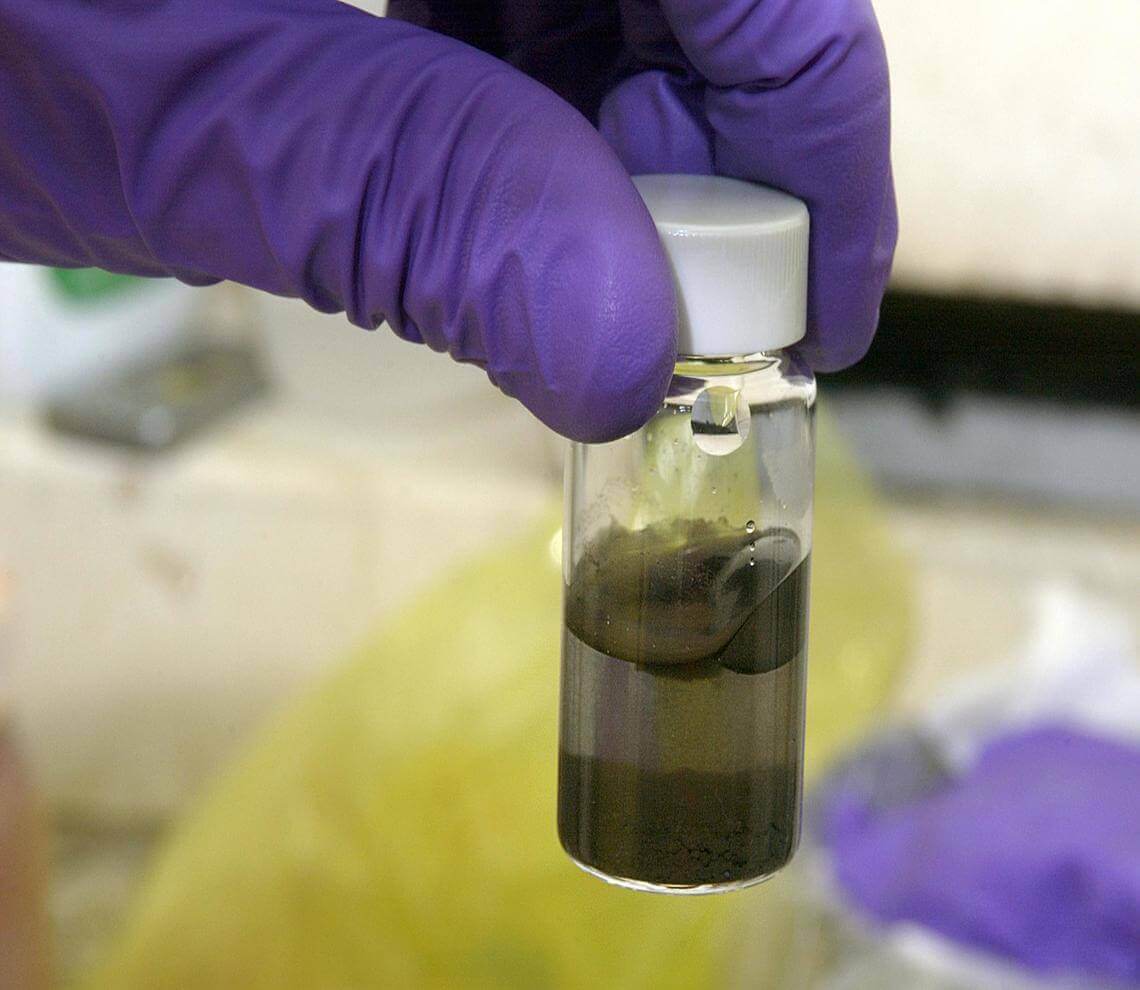- Our Suppliers
- MBS Monoclonals
- alpha2B Adrenergic Receptor Antibody
Product short description
Price:
536 EUR
Size:
100ug
Catalog no.:
GEN395123
Product detailed description
Concentration
N/A
Immunoglobulin isotype
IgG1
Clone
5G10
French translation
anticorps
Category
Antibodies
Clonality
Monoclonal
Subcategory
Mnoclonal antibodies
Host organism
Mouse (Mus musculus)
Purification method
Protein A/G Chromatography
Also known as
alpha2B Adrenergic Receptor
Tested applications:
Western Blot (WB), Immunohistochemistry (IHC)
Other gene names
Adra2b; Adra2b; N/A; Alpha-2B adrenoceptor; Alpha-2BAR
Gene name synonims
Adra2b; Adra2b; N/A; Alpha-2B adrenoceptor; Alpha-2BAR
Gene name
Adra2b; Adra2b; N/A; Alpha-2B adrenoceptor; Alpha-2BAR
Form/Appearance
Provided as solution in phosphate buffered saline with 0.08% sodium azide
Storage and shipping
Product should be stored the antibody should be stored at -20 degrees Celsius.. Aliquot to avoid freeze/thaw cycles
Properties
If you buy Antibodies supplied by MBS Monoclonals they should be stored frozen at - 24°C for long term storage and for short term at + 5°C.
Species reactivity
Rat (Rattus norvegicus), Mouse (Mus musculus); Due to limited knowledge and inability for testing each and every species, the reactivity of the antibody may extend to other species which are not listed hereby.
Specificity and cross-reactivity
N/A; Since it is not possible to test each and every species our knowledge on the corss reactivity of the antibodies is limited. This particular antibody might cross react with speacies outside of the listed ones.
Other names
alpha-2B adrenergic receptor; Alpha-2B adrenergic receptor; alpha-2B adrenergic receptor; alpha-2BAR; alpha-2B adrenoceptor; alpha-2B adrenoreceptor; adrenergic receptor, alpha 2b; adrenergic, alpha-2B-, receptor; Adrenergic alpha2B- receptor class III; Adrenergic, alpha2B-, receptor class III; adrenoceptor alpha 2B; Alpha-2B adrenoreceptor
Description
The receptors are ligand binding factors of type 1, 2 or 3 and protein-molecules that receive chemical-signals from outside a cell. When such chemical-signals couple or bind to a receptor, they cause some form of cellular/tissue-response, e.g. a change in the electrical-activity of a cell. In this sense, am olfactory receptor is a protein-molecule that recognizes and responds to endogenous-chemical signals, chemokinesor cytokines e.g. an acetylcholine-receptor recognizes and responds to its endogenous-ligand, acetylcholine. However, sometimes in pharmacology, the term is also used to include other proteins that are drug-targets, such as enzymes, transporters and ion-channels.
© Copyright 2016-Tech News . Design by: uiCookies

